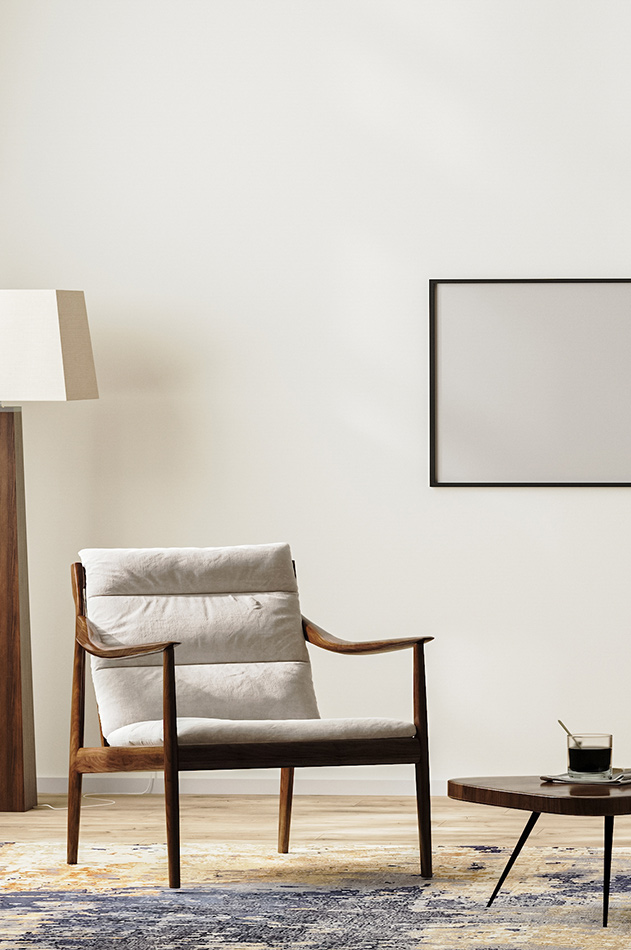At its very heart, minimalism is all about prioritizing the things that are essential and avoiding the things that are not. In terms of minimalist design, a room (or home) is thought about in terms of its core function, and all the furnishings placed within that space are intended to assist in that function. Here’s what you should know about minimalism and what it looks like on the inside.
The Very Basics of Minimalist Design
The best way to start implementing minimalist design is to imagine a single room, such as a bedroom, and think about its core function. This is the room where you sleep, get dressed, and perhaps apply your makeup or put on your tie in the morning. Starting with a bare room, think about the things you need to accomplish these tasks. A bed and pillows, some blankets, perhaps a dresser and/or wardrobe, and a vanity table are all great places to begin. The goal here is to avoid extras by using your main pieces of furniture as your décor and avoiding clutter and unnecessary items.
Color and Style
Traditionally speaking, minimalist design implements neutral colors and washed-out or barely-there patterns to make even the smallest spaces seem open, clean, and inviting. This is partly why minimalism in décor has become so popular in recent years; it is relatively easy to achieve since neutrals and simple pieces are virtually everywhere. However, some struggle to find the outlet for expressing themselves and worry that everything appears simply “humdrum” with no real pizzazz or flair. Fortunately, that is not the case, and there are plenty of ways to jazz up your minimalism.
Making Minimalism Your Own
Like any other décor style, including modern, industrial, and even vintage, there are no hard and fast rules. Although the minimalist style is traditionally neutral, there’s nothing wrong with adding bright pops of your favorite color or a geometric piece that serves as a focal point for a room. For example, this Bushwick Wooden Dresser has quite a modern industrial feel but would work perfectly in a warm minimalist space because there’s no loud hardware and the legs are simplified, as well. The matching Bushwick Wooden Chest offers up even more storage in the same aesthetic design.
The Keys of Minimalist Design
When working with minimalist design, remember:
- Less is always more and functionality matters.
- Keep lines simple and clean.
- Keep ornaments and decorations to a minimum or eliminate them completely.
- Use materials like concrete, glass, and/or wood.
- Make sure everything has a purpose.
- Focus on good craftsmanship.
All in all, minimalist design can be very different from one home to the next or even from one room to the next. It’s ideal for those living in smaller spaces or even for those who simply want to live for the day rather than for the material things in life, and more than anything else, minimalist design is meant to be inviting – a sanctuary for you, and a place where your guests can always feel comfortable.

